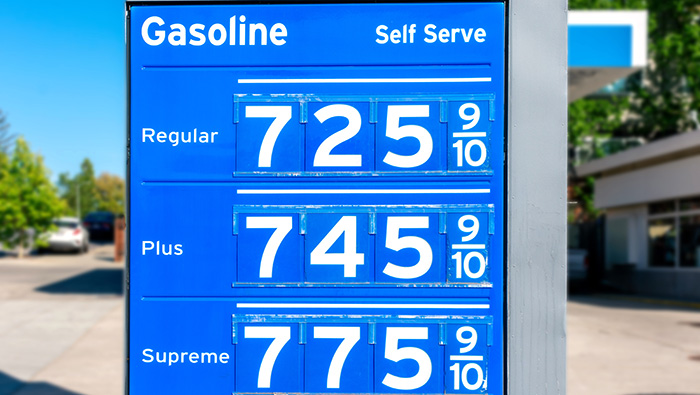
Why Are Gas Prices so High?
When gas prices in the U.S. hit an all-time high earlier this summer — topping out at $5.005 a gallon earlier this summer — Americans felt the pinch, and none more than those in California, where the price was even higher.
So UC Davis Magazine sat down with Chancellor’s Leadership Professor David S. Rapson, from the Department of Economics, to ask him what drives gas prices up and down.
A lesson in basic supply and demand can help to understand why gas prices are so high right now. When the supply for oil is low, the prices will be high; and when the supply is high, the prices will be low. When the demand is low, prices will be low; and when demand picks up, so do prices.
According to Rapson, due to COVID-19’s impact on the economy, fewer people were traveling and the demand for crude oil was so low that the prices decreased a great deal. Many oil refineries closed, and production slowed. As economic activity ramped back up, aspects of the energy supply chain weren’t able to keep pace.
“This combination — reduced supply and heightened demand — led to tight markets,” he said. “That’s why prices were so high for a while.”
Forbes recently reported gas inventories in the U.S. have sunk from 246 million barrels at the end of February to 219 million barrels in early June, according to the Energy Information Administration.
Other factors, Rapson said, play a part in price fluctuations.
He mentioned that due to the tariffs placed on Russia by the United States and Europe, because of the war in Ukraine, Russia has been selling oil to different buyers. Increased uncertainty has also contributed to an increase in gas prices. (The international market has seen the same trends.)
Rapson added that his biggest concern with the current state of fossil fuels is finding a balance between the well-being of people and the environment, while acknowledging that fossil fuels are still the lifeblood of our economy.
As for when prices could decrease, Rapson said that they have already started to go down. But news reports have stated that “$5-per-gallon may be the norm for a while.”









